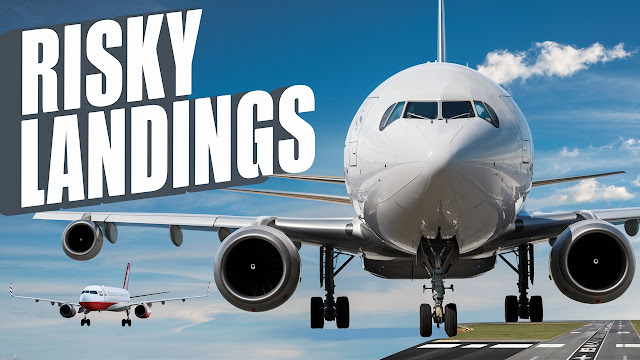American Airlines Flight 191: Remembering the Tragic Aviation Disaster of 1979
Some accidents in aviation history are stark reminders of the complexities and dangers of flying. American Airlines Flight 191 was a routine domestic passenger flight that occurred on May 25, 1979. It is one of the most catastrophic aviation accidents to have occurred within the United States. The flight was a standard U.S. domestic flight and was operated by American Airlines. The McDonnell Douglas DC-10-10 aircraft had departed from O'Hare International Airport in Chicago, Illinois, and was on route to Los Angeles International Airport in Los Angeles, California. The afternoon of May 25 started out like any other in the air, but tragedy was soon to take place. While Flight 191 was lifting off from runway 32R, tragedy struck. The left engine of the DC-10-10 abruptly detached from the wing. The fatal engine separation resulted in instantaneous loss of control, as pilots struggled with a disaster spiraling out of control. The aircraft struggled to level off and maintain altitude, while pilots could not manage a situation never before experienced. Unfortunately, the aircraft crash-landed short of the end of the runway, a distance of less than one mile (1.6 km), killing all 258 passengers and 13 flight attendants on board. Destruction did not stop there, as it also took the lives of two individuals on the ground. The crash is a grisly reminder of the terror any airplane crash can inflict on its air-borne victims and also on individuals on land. American Airlines Flight 191, with 273 fatalities, is the worst airplane crash in United States history. The magnitude of the tragedy stunned the aviation community and the nation. The crash prompted a thorough investigation to uncover the cause of the deadly engine failure and crash. The impact of Flight 191 is an enduring legacy to the history of aviation safety. The tragedy has given rise to lessons that have successively improved and refined aviation practice, procedure, and engineering standards. The tragedy caused the necessity to re-examine aircraft maintenance procedures and safety policies and recommit to the cause of making sure that such a tragedy does not occur again. As we remember the victims of that day, American Airlines Flight 191 serves as a stark reminder that aviation safety is always the top priority. It is a haunting reminder of the never-ending pursuit to make air travel safer and more secure, and that the aviation community will always band together to make sure that the memory of events like these are never lost.



Comments
Post a Comment